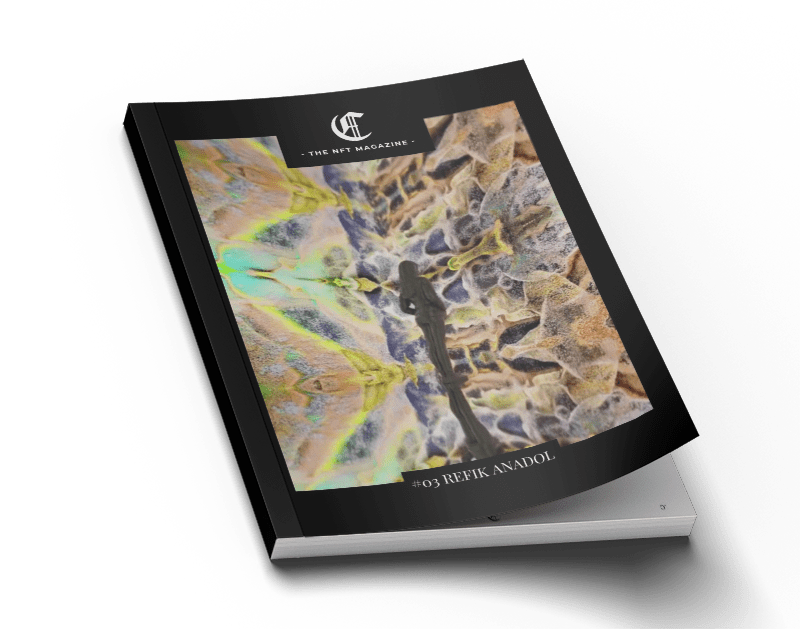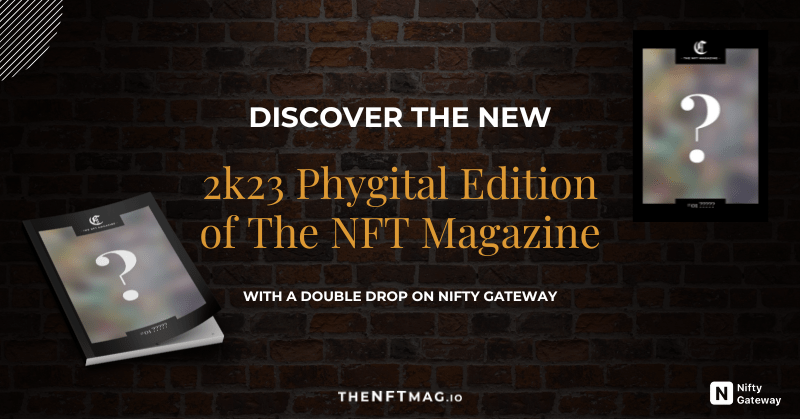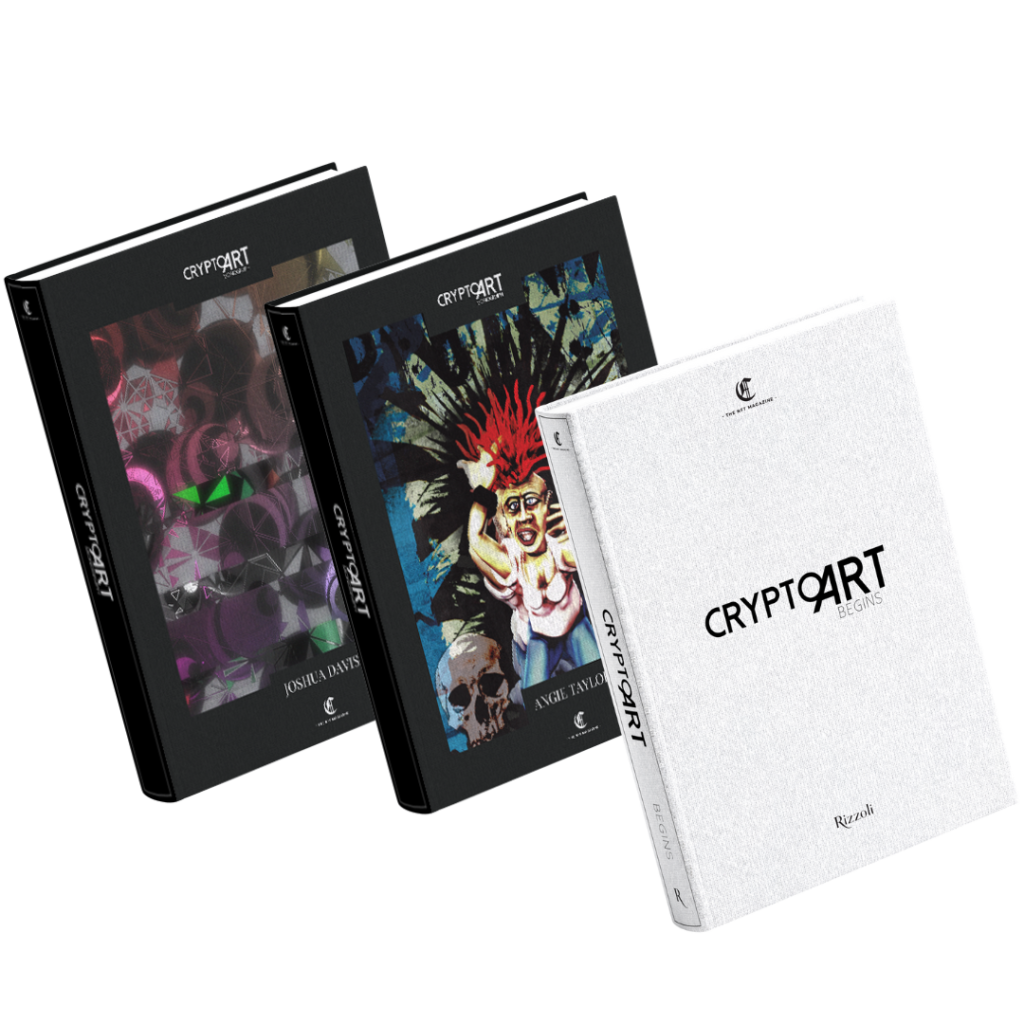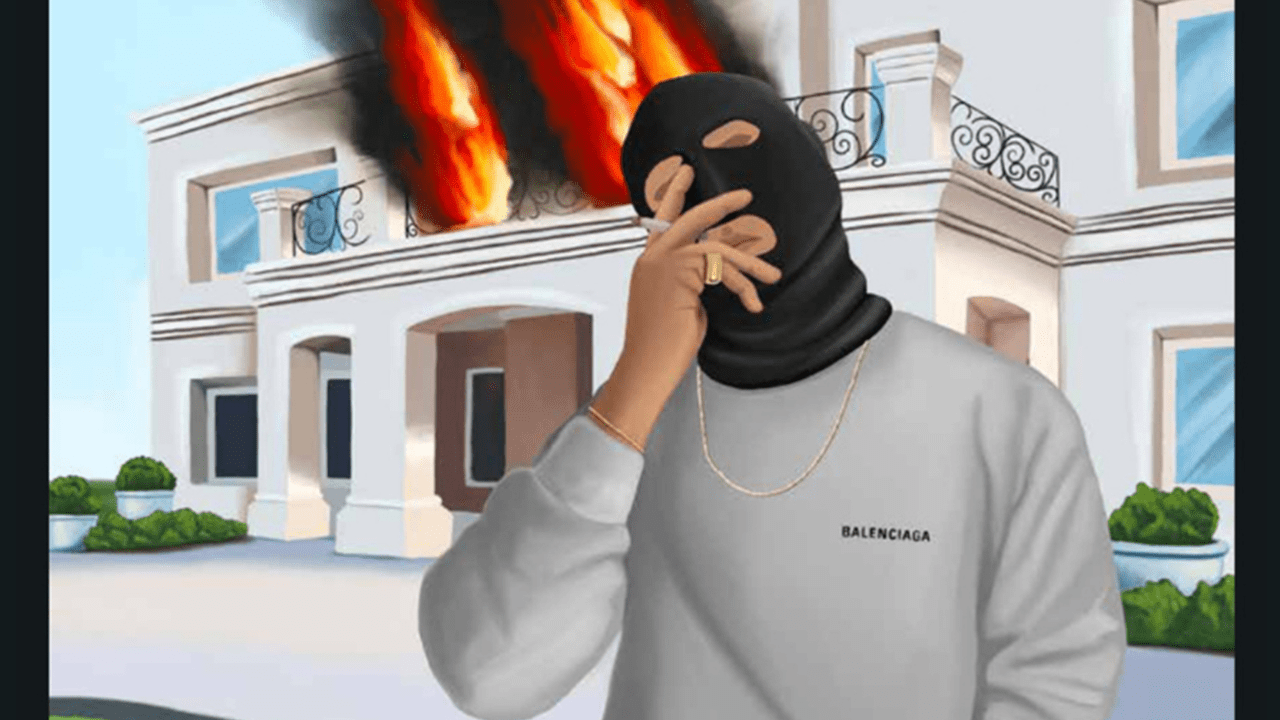Between Crypto Art and Collectibles, the NFT market is constantly increasing: these two segments dominated with sales in 2021, contributing over 90% of the exchanges and stimulating even more the interest of collectors, especially the Millennials’ generation.
According to data from NonFungible.com, NFT transactions on Ethereum involve art and collectibles from January to December 2021, with a total volume of $ 9.07 billion. After the record broken by Beeple with the sale for nearly $ 70 million of the first digital work at a traditional auction house – Christie’s – even the art market has turned its gaze towards the world of NFT and the potential of collecting Crypto Art. Before this entry, the exchanges on the market had undergone a major downsizing.
The number of transactions in the traditional global art market was estimated by many reports to be 31.4 million in 2020, with an estimated total volume of $ 50 billion according to a 2020 report from Art Basel. These volumes are actually down 22% from 2019 due to the COVID-19 pandemic. Accordingly, online art sales doubled over 2020 to $ 12.4 billion, jumping from a 9% to 25% share of the market.
Over the last few months, more and more people have become part of the large NFT community, some driven by the curiosity to better understand a world that had remained hidden – or that they had not wanted to consider yet – others instead, have consciously made their entrance driven by the desire to invest with a potential return from large numbers.
Two totally different approaches towards collecting Crypto Art and NFT Collectibles, the result of which however guaranteed strong feedback from artists and digital creators, who have rethought their role within the community.
Artists, in many ways, remain in the center of the NFT universe – because NFTs have transformed the basic economics of art markets by allowing creators to capture a percentage every time their work is resold. In the traditional art world, that’s impossible. With NFTs, it is quickly becoming the norm, because the smart contracts that power NFTs allow artists to set rules about how they’ll be compensated for their work – rules that remain in place long after the art leaves their wallet.
Today a rapid evolution is still underway and there are still many dynamics to develop – the affirmation of new artists, the entry of large brands together with museum institutions or art galleries for the enhancement and validation, the curatorship – however, the collection of Crypto Art and NFT collectibles continues unstoppable.
WHO COLLECTS CRYPTO ART AND NFT COLLECTIBLES?
The explosion of NFT trade in 2021 has become a phenomenon of economic significance, that is linked to the constant increase in cryptocurrencies with a 570% growth in the valuation of Bitcoin which in 2021 went from around 8,000 to over 50,000 dollars in 2021, for a market that, according to CoinMarketCap, is worth over 2 trillion.
The close connection with the world of cryptocurrency investors is undisputed, they are, for sure, the first Early Adopters who have experienced, in unsuspected times, the use and the association of NFTs with art and collectibles.
These “new” collectors have accumulated, ahead of others, what today have become huge capitals in cryptocurrencies such as Bitcoin, Ethereum and many other virtual coins born in the past years when their value was of just a few cents of a dollar, and now in some cases it has become of several thousand.







